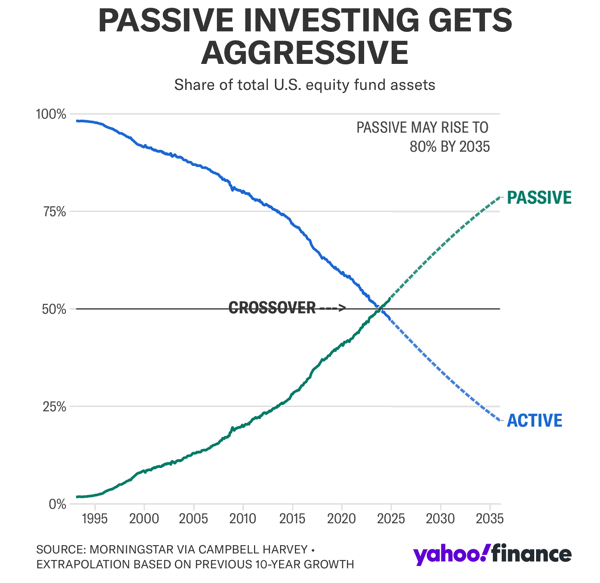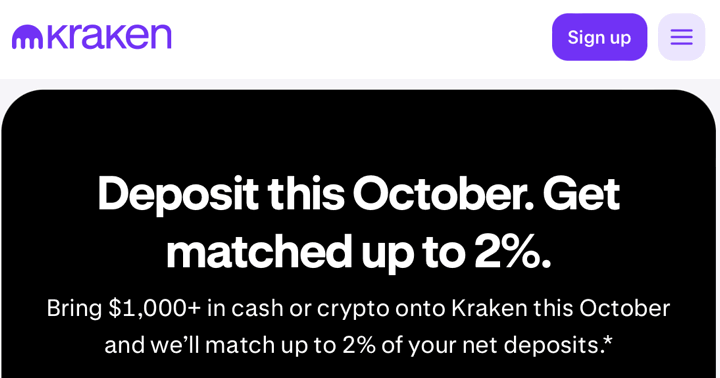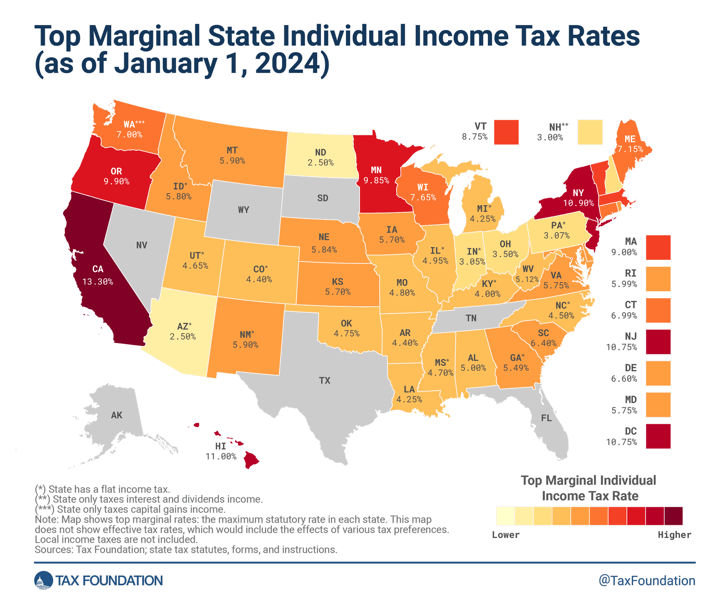Why Lower Expense Ratios Still Lead to Better Investment Returns
The growing dominance of low-cost index funds isn’t a mystery—they simply help investors keep more of their profits. Every dollar saved on fees compounds over time, directly boosting long-term returns.

The growing dominance of low-cost index funds isn’t a mystery—they simply help investors keep more of their profits. Every dollar saved on fees compounds over time, directly boosting long-term returns. If active managers consistently outperformed their benchmarks after costs, investors would gladly pay for that skill. But history shows the opposite: lower fees usually mean higher net gains. The rise of passive investing wasn’t driven by marketing hype, but by results and data. (Chart source: Yahoo Finance)
Jeffrey Ptak of Morningstar continues to share the most recent evidence that costs matter. In this Morningstar article, he shares a chart (see above) of “Average Forward Net Excess Return” sorted by fee grouping over 5-year rolling periods.
What I found buttresses Russ’ original findings and subsequent research he’s done on the topic: Expenses excelled at predicting funds’ performance. To illustrate, here are funds’ forward average excess net returns (versus their average peer) over all rolling five-year periods between Jan. 1, 2005, and Dec. 31, 2024, sorted by fee grouping.

In his personal Substack, Ptak shares a similar chart over different time periods of 1-year to 15-years.

The relationship is very clear. Sure, there are a few outliers (although hardly any consistent outliers over time), but as a whole, you absolutely do not “get what you pay for” with fund and ETF expense ratios. On the whole, the more you pay in expenses, the worse the performance you get in return.
Share
What was your reaction?
 Like
0
Like
0
 Dislike
0
Dislike
0
 Love
0
Love
0
 Funny
0
Funny
0
 Angry
0
Angry
0
 Sad
0
Sad
0
 Wow
0
Wow
0













